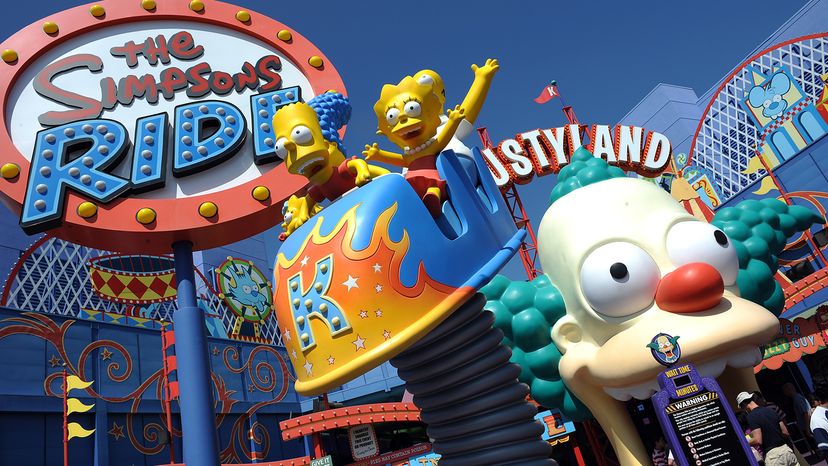
"The Simpsons" is a true pop culture icon. The prime-time animated television show has won more than 30 Emmy awards, earned its creators, owners and cast members billions of dollars, and infiltrated every possible part of popular culture. There are Simpsons theme parks, video games, a feature film and mountains of merchandise.
But beyond its material success, "The Simpsons" has become a noteworthy part of American (and worldwide) culture. The catchphrases of Simpsons characters have become part of the English lexicon, and the show has changed how we understand comedy and satire.
Advertisement
A good episode of "The Simpsons" can be electrifyingly smart and make you laugh at a loud belch or a character getting hit with a rake. The show's writers might use a subplot to poke fun at organized religion, while also parodying a famous film and developing the personality of a supporting character. "The Simpsons" has been derided by critics and hated by parents ("don't have a cow, man"), beloved by fans ("hi-dilly-ho, neighborinos!"), accepted as a mainstream success ("meh") and eventually dismissed as having lost its luster ("d'oh!").
How did this crudely animated, anti-authoritarian cartoon become such a massive success? It all started when a cartoonist panicked moments before a big meeting and had to come up with a brand-new idea on the spot.
Advertisement






